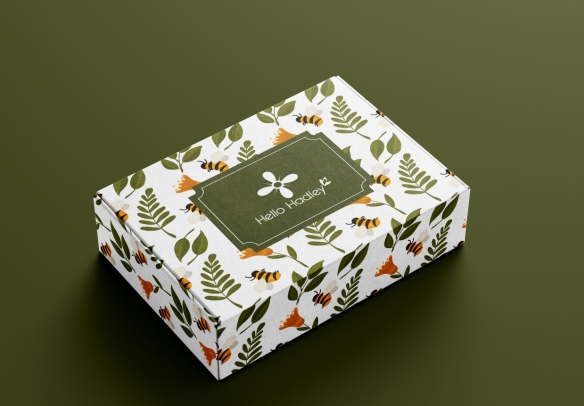Title: The Art of Packaging: A Look at McDonald’s Design Evolution
Introduction
When you think of McDonald’s, the golden arches and the enticing aroma of fries probably come to mind. However, a significant part of the fast-food giant’s global appeal lies in its innovative packaging design. From branding to sustainability, McDonald’s packaging plays a crucial role in shaping customers’ experiences and perceptions.
The Branding Power of Packaging
Packaging is more than just a container; it’s a vital branding tool. McDonald’s leverages its iconic colors—yellow and red—which evoke feelings of happiness and excitement. The brand’s packaging features playful designs and friendly graphics, making it instantly recognizable across the globe. Consistent visual elements, like the Happy Meal box, create an emotional connection with young diners. This sense of familiarity encourages brand loyalty, inspiring customers to choose McDonald’s time and again, especially when they seek a comforting, nostalgic experience.
Sustainability Efforts in Packaging
As environmental awareness grows, McDonald’s has made great strides in creating more sustainable packaging solutions. The company has committed to using 100% biodegradable, recyclable, or compostable packaging by 2025. This initiative includes the transition from foam containers to paperboard options, reducing plastic reliance significantly. By promoting responsible sourcing and working with suppliers to ensure that materials are eco-friendly, McDonald’s not only addresses consumer concerns but also sets an industry standard for sustainable practices. This transformation showcases how even the packaging of fast food can contribute positively to the environment.
Innovations in Design and Functionality
McDonald’s packaging is not only about aesthetics but also functionality. Take the famous French fry container, designed for both practicality and ease of use. Its unique shape allows for optimal fry distribution, ensuring that each portion is satisfying. Similarly, the Happy Meal box is designed with kids in mind, incorporating fun activities and games to keep young patrons engaged. Recently, McDonald’s has introduced new designs that include built-in “flaps” for easy handling and sturdier bases to prevent spills. These innovations enhance the customer experience and exemplify the brand’s commitment to convenience and creativity.
Conclusion
McDonald’s packaging design goes far beyond mere functionality; it serves as a crucial component of the brand’s identity and sustainability efforts. Through smart branding, a commitment to the environment, and innovative designs, McDonald’s continues to evolve in a fast-paced world while staying true to its roots. If you’re curious to learn more about packaging design’s impact on consumer behavior or sustainability practices, keep exploring this fascinating topic!

